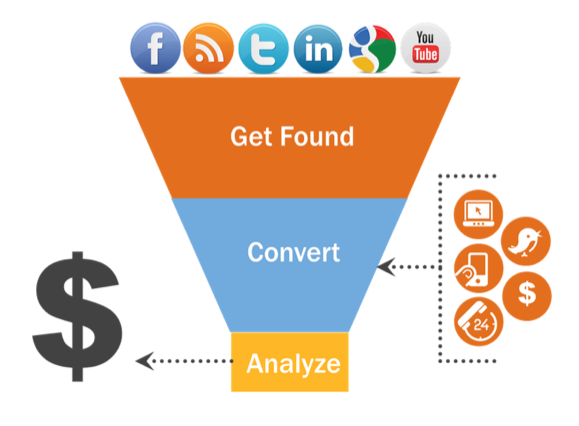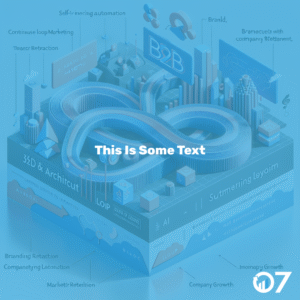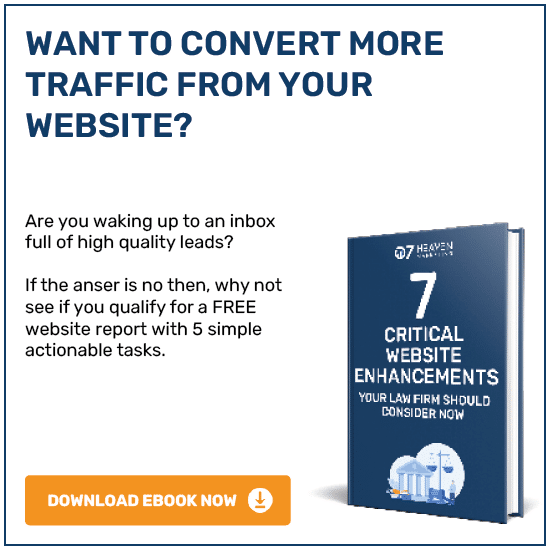The buying process has changed, necessitating that marketers adopt new strategies to reach buyers amid the noise. Rather than relying on mass advertising and email blasts to find customers, marketers must now concentrate on making themselves discoverable and focus on building continuous relationships with buyers.
What is lead generation?
Best Practices for Generating Sales Leads
Networking and Building Connections: At networking events, exchanging business cards is a fundamental way to build new connections. Seize every opportunity to share your knowledge through speaking engagements at professional meetings, establishing yourself as an authority in your field. Additionally, always have a concise, 30-second elevator pitch at the ready for brief introductions.
The Impact of Information Abundance
From Scarcity to Abundance: The internet has shifted the world from a state of information scarcity to one of abundance. Google’s Eric Schmidt highlights the rapid creation of information, with as much produced every two days now as was created from the dawn of civilization up to 2003.
Attention Economics and the Buying Process
Navigating Attention Scarcity: With the overflow of information, attention becomes a scarce commodity. Social scientist Herbert Simon noted this shift, pointing out that in a world rich with information, the challenge is capturing the attention of recipients. This concept of attention economics suggests that the wealth of information leads to a scarcity of attention.
Adapting Marketing Strategies
Adjusting to Buyer Behaviour: The deluge of information has altered the buying process. Buyers now have the means to ignore unwanted messages and seek out information on their own terms. This necessitates more creative marketing strategies to engage potential customers.
The Rise of Inbound Marketing
Investing in Lead Generation: With the evolving landscape, marketing departments are increasingly allocating budgets towards lead generation, with a significant focus on inbound marketing. This strategy is essential for companies aiming to stand out and capture customer attention amidst the noise.
The best marketing programs have intentional measurement strategies planned in advance. So as part of the planning process ask yourself these questions:
1) What will you measure?
2) When will you measure?
3) How will you measure?
Here are some basic lead generation metrics that many companies track as part of their lead generation efforts :
- Marketing % of contribution to sales pipeline
The % of revenue in the sales pipeline (opportunities) that originated from marketing efforts
- Marketing % of contribution to closed revenue
The % of revenue in closed won deals that originated from marketing efforts
- Quantity of Sales Qualified Leads
The amount of SQLs sent over to your sales teams
- Quality of SQLs
The % of SQLs not rejected by sales
- Cost per inquiry
Total lead acquisition cost/ the total number of inquiries
- Cost per lead
Total campaign costs/quantity of leads
- Inquiry to Marketing Qualified Lead (MQL)
Conversion of initial inquiry to Marketing Qualified Lead
- MQL to Sales Accepted Lead (SAL)
Conversion from MQL to Sales Accepted Lead
- SAL to Sales Qualified Lead (SQL)
Conversion from SAL to Sales Qualified Lead
- SQL to Opportunity
Conversion from SQL to Opportunity
For further insights and guidance, we invite you to explore our blog at 07hm.co.uk/blog. Here, you’ll find a wealth of information tailored to the needs and challenges of SMEs navigating the digital landscape. Additionally, if you have specific questions or need personalised advice, don’t hesitate to reach out to us via email at info@07hm.co.uk or telephone on 01702 410663.






